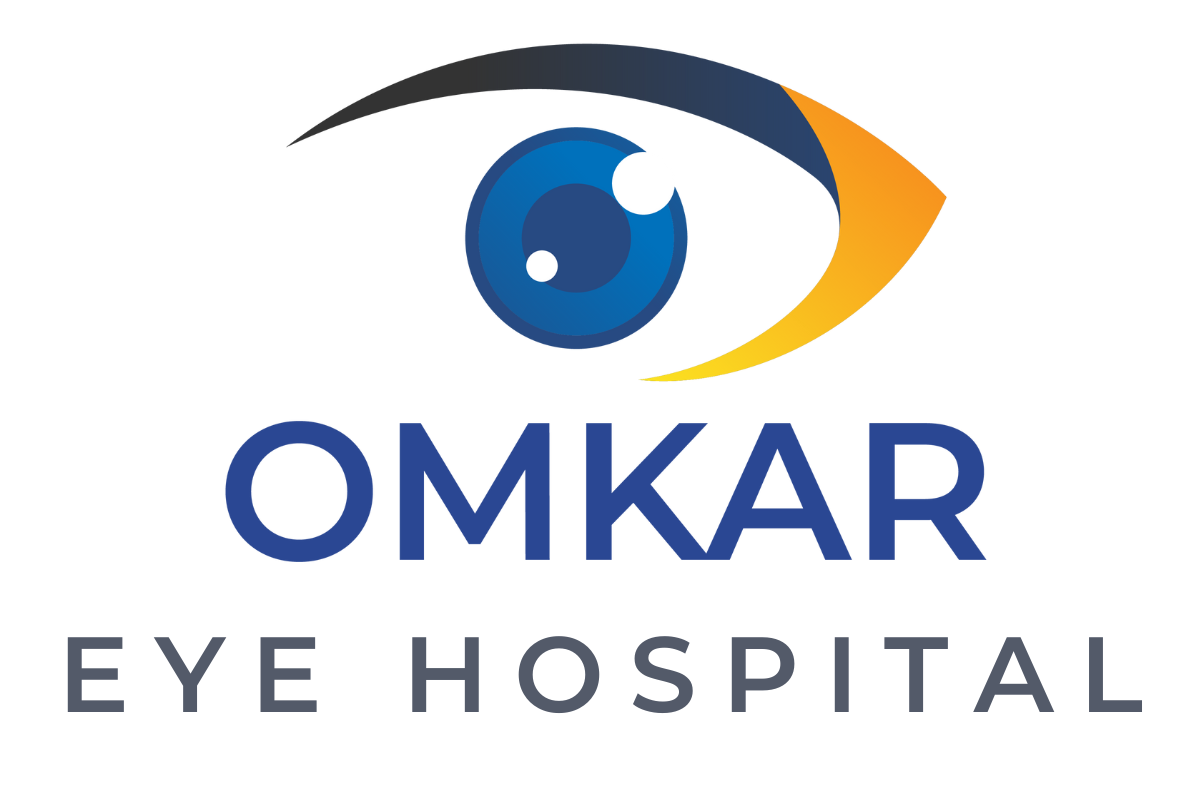Thinking about LASIK eye surgery to finally ditch those glasses or contacts? Many people are drawn to the idea of clearer vision, but the cost can feel a bit foggy. So, what makes up the price tag of LASIK surgery? Here are the seven biggest factors to help you see it all clearly.
1. Type of LASIK Technology
The technology used for LASIK plays a major role in the cost. Traditional LASIK is generally less expensive, but more advanced options, like bladeless or wavefront-guided LASIK, use the latest tech for higher precision and typically cost more. Think of it as the difference between a basic phone and the latest smartphone—both do the job, but the newer tech offers added perks.
2. Surgeon’s Expertise and Reputation
Experienced surgeons who’ve done countless LASIK procedures often charge a premium, and with good reason. Expertise can make a significant difference in achieving great results and minimizing potential risks. It’s like having a master chef prepare your meal—yes, it costs more, but the results are often worth it.
3. Location of the Clinic
Where you live can significantly impact the cost of LASIK. Clinics in major cities may have higher prices due to higher operational costs, while those in smaller towns or suburban areas might offer more budget-friendly options. Just like real estate, location matters!
4. Pre-Operative and Post-Operative Care
The total LASIK surgery cost isn’t just about the procedure itself. Comprehensive care includes pre-surgery evaluations and post-surgery follow-up appointments, which can add up. Some clinics bundle everything into one price, while others might bill separately, so be sure to ask what’s included.
5. Type of Facility
A high-end clinic with the latest equipment and comfortable facilities will likely cost more. Some people feel more comfortable in premium facilities, while others are perfectly happy with simpler clinics. It’s a bit like choosing between flying first class and economy—they both get you to the same place, just with different experiences.
6. Customization Needs Based on Vision Condition
Your specific vision needs—whether it’s nearsightedness, farsightedness, or astigmatism—can affect the complexity of the procedure, which in turn impacts the cost. For example, correcting severe astigmatism may require a more customized approach, which could increase the overall price of LASIK surgery.
7. Insurance and Financing Options
LASIK is often considered an elective procedure, so it’s not usually covered by insurance. However, some providers offer flexible financing plans, so the cost can be spread over time. Checking with your insurance and asking about financing options can make LASIK surgery more affordable than you might think.
Clearer Vision on the Cost of LASIK
The price of LASIK surgery depends on several key factors, from technology and expertise to location and aftercare. By understanding what influences the cost, you can make a more informed decision and plan for this life-changing investment in your vision. Whether you’re looking for the latest technology or something within a tighter budget, having a clear understanding of LASIK surgery cost can bring you one step closer to clearer vision.


